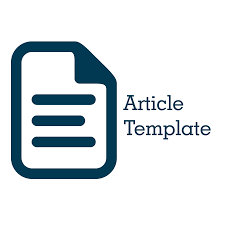Efektivitas Karbon Aktif Dari Sekam Padi Dengan Aktivator H3PO4 Sebagai Media Filter Penjerapan CO2 Dari Biogas
 Abstract views: 386
,
Abstract views: 386
,
 PDF downloads: 1019
PDF downloads: 1019
Abstract
Petroleum is a non-renewable fossil fuel. The alternative energie that can restore petroleum is biogas. Biogas produce carbondioxide (CO2), hydrogen sulfide (H2S), methane (CH4), and other gases from anaerobic activity by methanogenic bacteria. Carbondioxide in biogas is an impurity gas which can cause the CH4 content to decrease. An effective way to increase CH4 and minimize CO2 content is by purifying biogas using the adsorption method. This study aims to make activated carbon filter media from rice husks activated using phosphoric acid (H3PO4), to obtain characteristics of activated carbon from rice husks, and to determine the effectiveness of activated carbon from rice husks as a CO2 absorber in biogas. This study has the benefit of utilizing rice husks into activated carbon by being activated using phosphoric acid (H3PO4). The method used for the characterization of activated carbon is in accordance on SNI 06-3730-1995 also the adsorption method used is by measuring the gas before going through the filter media (inlet) and the gas after going through the filter media (outlet). The results showed that activated carbon from rice husks had a moisture matter of 1-2%, ash subtance of 30-43%, then iodine absorption amount of 1200-1250 mg/g and activated carbon from rice husks effective for absorbing CO2.
Copyright (c) 2023 Miranda Indah Pangesti, Rosita Dwityaningsih, Dodi Satriawan

This work is licensed under a Creative Commons Attribution 4.0 International License.







